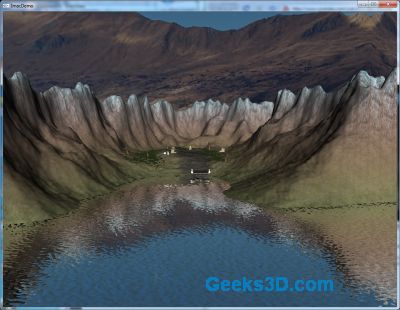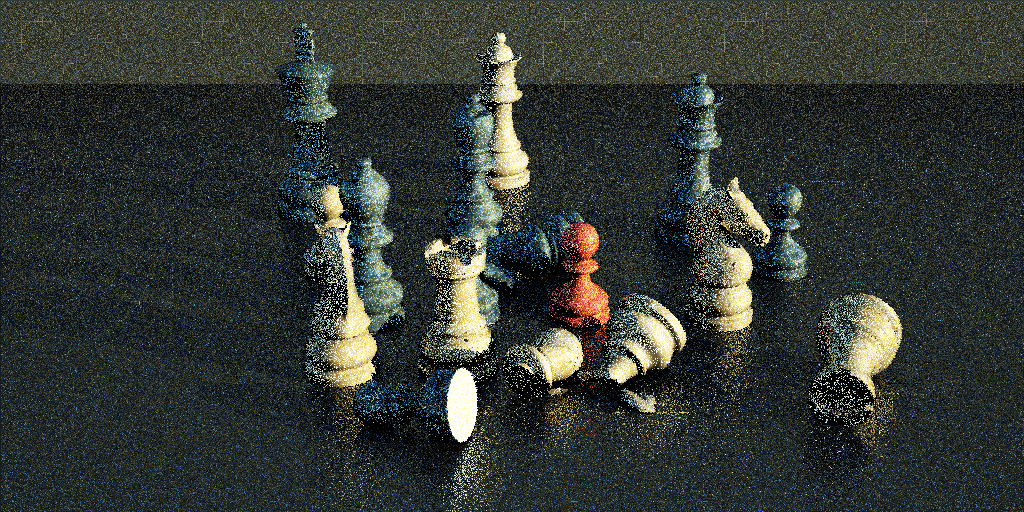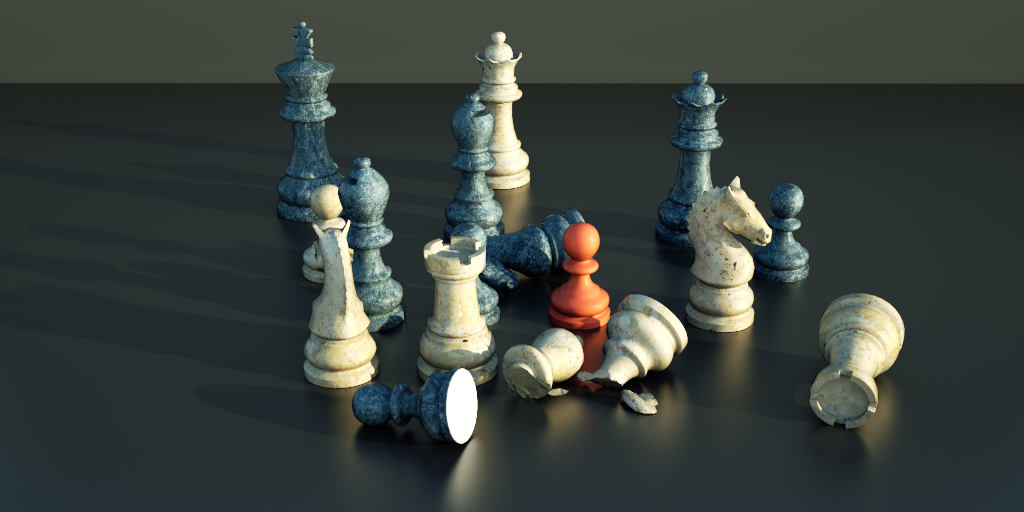7 things, with images for each as some quick eye candy – is it worth my adding these images?
- Here’s a nice rundown of much of the graphical goodness (and badness, e.g. temporal antialiasing) of the Halo: Reach beta. It’s worth a skim just to get a sense of the state of the art in a wide range of areas. The motion blur video appears to not be available currently. (thanks, Mauricio)
- Unlimited Detail Technology is a voxel-based renderer with an interesting history: it was developed by a self-taught hobbyist who once ran a supermarket chain. There’s been interest in voxels for awhile, e.g. Jon Olick’s SIGGRAPH presentation in 2008 (slides here). Voxel rendering reminds me of the CPU-side heightfield renderer used in Novalogic’s Comanche and Delta Force game series from 1992 on. Novalogic’s was a 2.5 D system using contour following, while the Unlimited Detail system is full 3D voxels. Looking at UD’s presentations, it seems like a form of 3D clipmapping, where the level of detail of the voxels needed are determined by distance. The look reminds me of dribble sand castles. The coolest part: no GPU needed, it’s all CPU. I can imagine 18 limitations to this system: animation/deformation, sharp-edges not possible, shading models have limitations, transparency doesn’t work, textures are difficult to apply, fuzzy objects can’t be rendered, etc. Still, fun to see and a fascinating option. (another thanks, Mauricio)
- The Ruin Island demo was created by some students in France. Parallax occlusion mapping, depth of field, NPR toon rendering, motion blur, glow and bloom, and more – it’s a grab-bag of effects in OpenGL. What’s nice is that the source code is provided. (Geeks3D)
- Norbert Nopper has a small set of standalone OpenGL 3.2 and GLSL 1.5 tutorial programs with code for various effects. (Morgan McGuire)
- The demoscene demo agenda circling forth uses particle clouds for a beautiful look. Note that the links for the video and demo are just under the image at the top of the page.
- The photorealistic Octane Renderer uses CUDA for acceleration. To try it out you’ll need a fairly up-to-date NVIDIA driver, the demosuite, and the executable. It’s actually pretty cool to see the frameless rendering in action, it’s quite interactive for their simple scenes. There’s golden thread rendering: the longer you sit, the better the image gets. (Geeks3D)
- 3D printing with ice. (BoingBoing)
Halo: Reach motion blur:

Unlimited Detail voxel image:

Ruin Island demo:

OpenGL 3.2 Nopper demo image:

agenda circling forth:

Octane Rendering, after 2 merged frames (interactive update) and after 5685 frames (a few minutes):
3D ice printing:


